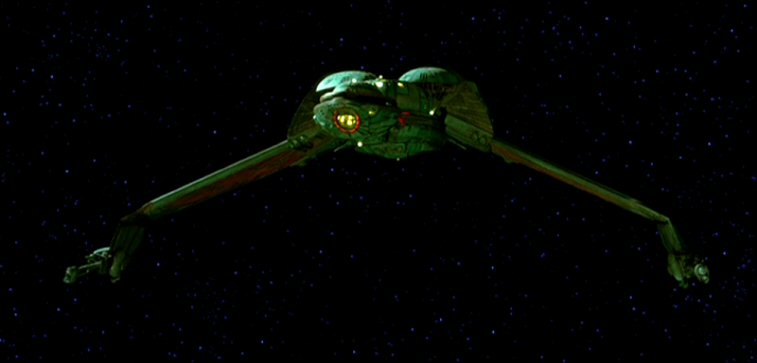- Joined
- Jan 23, 2015
- Messages
- 19
- Reaction score
- 3
- Age
- 75
- Location
- Hickory
- Website
- www.unifourpeds.com
Needed: LOW ALTITUDE DJI Pilot app software enhancements (including Minimum Altitude setting) - REDUCE CRASHES
... (Original (old) document: http://www.unifourpeds.com/Neede ... de_enhancements.pdf)
NEW PDF - 3RD REVISION: As of 6/16/2015, see this link instead: http://www.unifourpeds.com/Needed_DJI_Inspire_low-altitude_enhancements_REVISION_3.pdf
Or Word Document: http://unifourpeds.com/Needed_DJI_Inspire_low-altitude_enhancements_REVISION_3.docx
This became more of an issue after I crashed my Inspire 1 at 30+ MPH into a very tall tree after repeated S-turns maneuvers inadvertently dropped be to a lower altitude than expected. I now face an 8 week minimum time before I receive my repaired Inspire back from DJI service. This will force the cancellation of at least 8 -12 planned photo shoot excursions.
Consider these relatively easy DJI Pilot software feature enhancements, most of which are already common on military drones and on manned commercial, military and some civilian aircraft. These needed software enhancements, which would prevent about 95% of such low altitude-related Inspire (and Phantom 3) crashes/accidents or damage to others and to property (and would help to reduce your critical repair backlog of Inspires to repair).
Please seriously consider these additions (or at least some of them). Please help us lobby for these needed software enhancements. This is particularly important in photo/video work, land surveys, and search and rescue operations, where “Map View” is utilized significantly during flight by the actual pilot, and in situation where the camera is not in FPV use or used (taken over) by the second controller (camera) operator, or is down-facing. These are high-risk situations for Inspire (or Phantom 3) survival, especially at distant operation where direct visualization is difficult or obstructed for the pilot of the aircraft or when the camera is in non-FPV flight direction, or being used by another video camera operator.
... (Original (old) document: http://www.unifourpeds.com/Neede ... de_enhancements.pdf)
NEW PDF - 3RD REVISION: As of 6/16/2015, see this link instead: http://www.unifourpeds.com/Needed_DJI_Inspire_low-altitude_enhancements_REVISION_3.pdf
Or Word Document: http://unifourpeds.com/Needed_DJI_Inspire_low-altitude_enhancements_REVISION_3.docx
This became more of an issue after I crashed my Inspire 1 at 30+ MPH into a very tall tree after repeated S-turns maneuvers inadvertently dropped be to a lower altitude than expected. I now face an 8 week minimum time before I receive my repaired Inspire back from DJI service. This will force the cancellation of at least 8 -12 planned photo shoot excursions.
Consider these relatively easy DJI Pilot software feature enhancements, most of which are already common on military drones and on manned commercial, military and some civilian aircraft. These needed software enhancements, which would prevent about 95% of such low altitude-related Inspire (and Phantom 3) crashes/accidents or damage to others and to property (and would help to reduce your critical repair backlog of Inspires to repair).
Please seriously consider these additions (or at least some of them). Please help us lobby for these needed software enhancements. This is particularly important in photo/video work, land surveys, and search and rescue operations, where “Map View” is utilized significantly during flight by the actual pilot, and in situation where the camera is not in FPV use or used (taken over) by the second controller (camera) operator, or is down-facing. These are high-risk situations for Inspire (or Phantom 3) survival, especially at distant operation where direct visualization is difficult or obstructed for the pilot of the aircraft or when the camera is in non-FPV flight direction, or being used by another video camera operator.
Attachments
Last edited:





